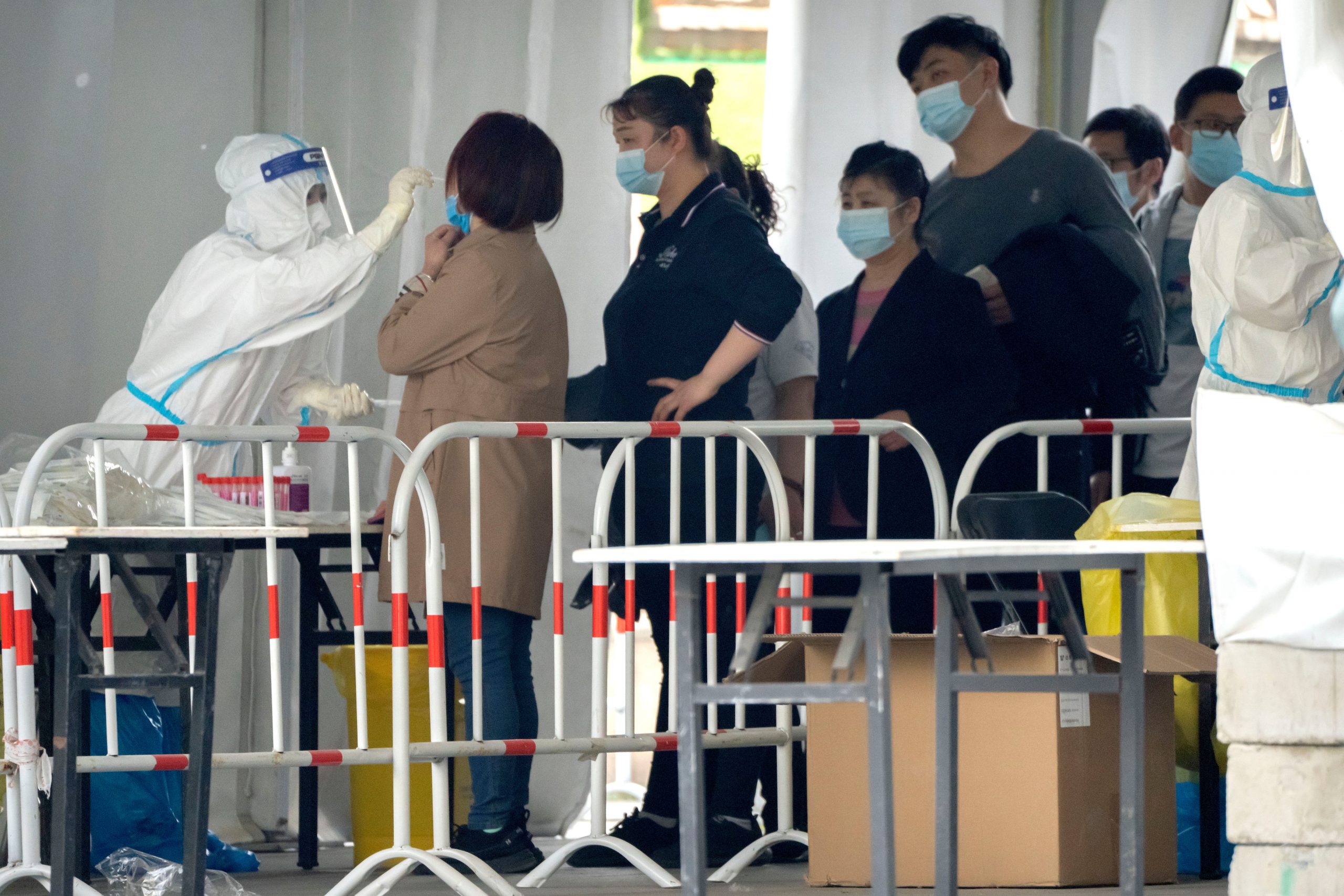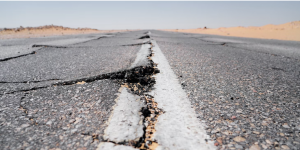Mass testing for
COVID-19 was regarded as one of the most effective strategies to recognise and
prepare for disease spread, but now, with a relatively less dangerous variant
doing the rounds and vaccines and other treatments available, scientists,
health officials and governments are questioning the need for mass testing. The
two reasons why the ‘test, test, test’ approach is causing annoyance are that
while the tests cost billions of dollars, there is no real study to underline
the effectiveness of the approach.
Denmark is one of
the countries most significantly questioning mass testing. In the initial days
of the pandemic, the Danes went into a tizzy with testing deploying one of the
most ubiquitous strategies to map out how the infection was spreading. But it
has since come to surface that those countries that tested far less had the
same number of infections as Denmark.
“We’ve tested so
much more than other countries that we might have overdone it,” according to
Jens Lundgren, a member of the Danish government’s COVID-19 advisory group and
a professor of infectious diseases at the University of Copenhagen, speaking to
Reuters.
China, on the
other hand, is sticking to its guns on mass testing as state policy. Beijing’s
zero-COVID strategy, while being criticised by citizens, has sought to thwart
infection by ubiquitous testing.
Of countries that
did not go overboard with testing was Japan. Tokyo has avoided large-scale
testing and yet weathered the pandemic better than may other countries in terms
of infection and death rates. Over time, Britain and France have also cut down
on testing.
It was the World
Health Organization (WHO) that called upon countries to ‘test, test, test’
after suspected cases of the coronavirus were identified. The health agency
aimed to map disease spread and issue preparatory directions to countries on
the basis of such testing. Global surveillance enabled scientists to understand
the risk of illness, death and transmission.
Some experts and
officials still believe that mass testing has its merits. Moreover, some of them
worry, that pulling back on testing too quickly will leave the world vulnerable
to new variants.







